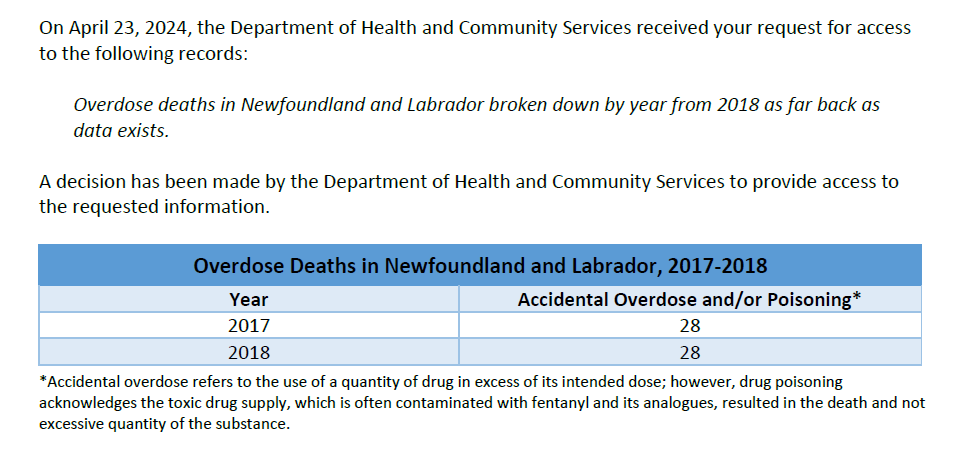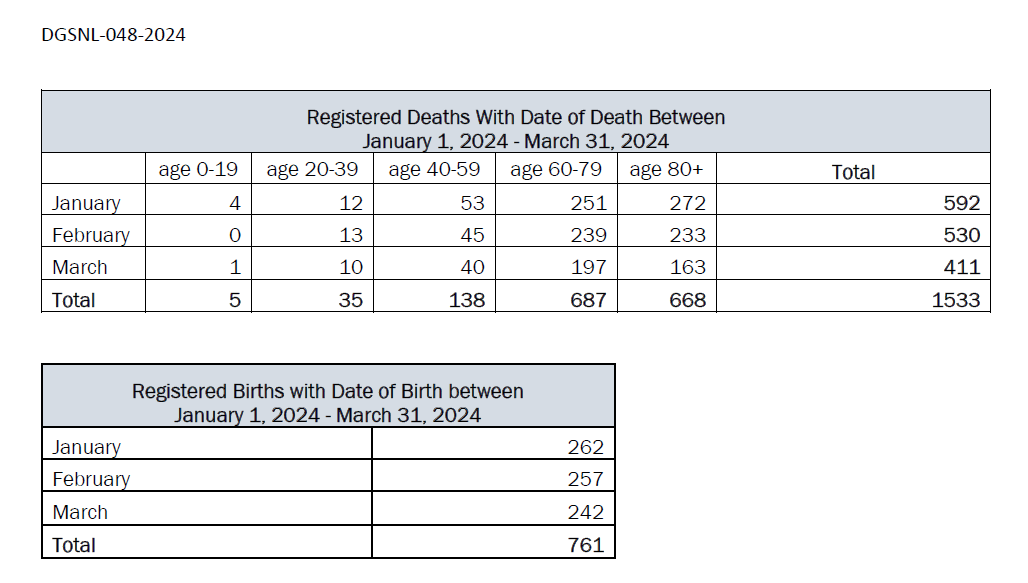
There have always been advantaged and disadvantaged groups in every society where dominant classes have ruled, aside from a few exceptions. These social and power relations in society usually went unchallenged either out of fear of violent repercussions under authoritarian regimes or the tactic of influencing and trying to control what people think and express by the state in democratic societies. Understanding oppression helps to challenge dominant viewpoints that enable the oppression of disadvantaged groups. Advocating for policy change and inclusion is necessary to progress towards a more equitable society.
Understanding the terms power and privilege is a must. Definitions I found helpful are from the Canadian Federation of Students. Power is described as “The use of advantages that allow some groups to have preference over or dominate others. Power is the ability to define reality, have control or access to institutions supported by the state, and have ownership and control over major resources.” Privilege is defined as “Systemic advantages based on certain characteristics that are normalized by society. Privilege refers to advantages dominant groups have whether they want it or not.”

A comic by Toby Morris, “ON A PLATE: A SHORT STORY ABOUT PRIVILEGE,” does an excellent job of helping people understand privilege in visual form. For many in society, the idea of there being different inequalities is hard to see, as the idea that everyone has the same start and opportunity to work hard and be successful is prevalent. The comic compares Richard, who is in a warm home with food and books, and Paula, who grew up in a damp and noisy home and got sick a lot. Richard’s parents could be home and support him, whereas Paula was home alone as her parents each worked two jobs to make ends meet. Paula’s parents are happy with a B on her report card; Richard’s parents are worried and get him a tutor for receiving a B+. Richard’s parents pay for his university studies while Paula has to work and study. Richard’s dad has connections for him to get his foot in the door and obtain secure employment; Paula’s father is sick in the hospital.
Another important lesson to learn is the difference between equality and equity. Equality is everyone receiving the same treatment, and therefore everyone having the same opportunities for the outcomes to be equal. Equity is recognizing that people have different experiences. Equity is the idea of providing someone with the support they need to reach the same outcome as others who do not require supports. One of the images that is widely used to illustrate this idea is one depicting three people standing up on boxes watching a baseball game over a fence. In the first image, they each have a box to stand on, and this is labelled Equality. In the second image, labelled Equity, the first person does not have a box because he is tall enough to see, the second person still gets one box, and the third person gets two boxes to see. The images are side by side. Sometimes there is a third image, labelled Justice or Liberation, with the fence removed, so that they can see the game without accommodations as the cause of the inequality was addressed, hence removing the systemic barrier.

Much progress has been made, but there is still much more that needs to be done to achieve a genuinely caring and inclusive society. Anti-oppression education is needed in schools, workplaces, and organizations.
Matt Barter is a fourth-year student in the Humanities and Social Sciences Faculty at Memorial University of Newfoundland, majoring in Political Science with a minor in Sociology. He enjoys reading thought-provoking articles, walks in nature, and volunteering in the community.




Leave a Reply